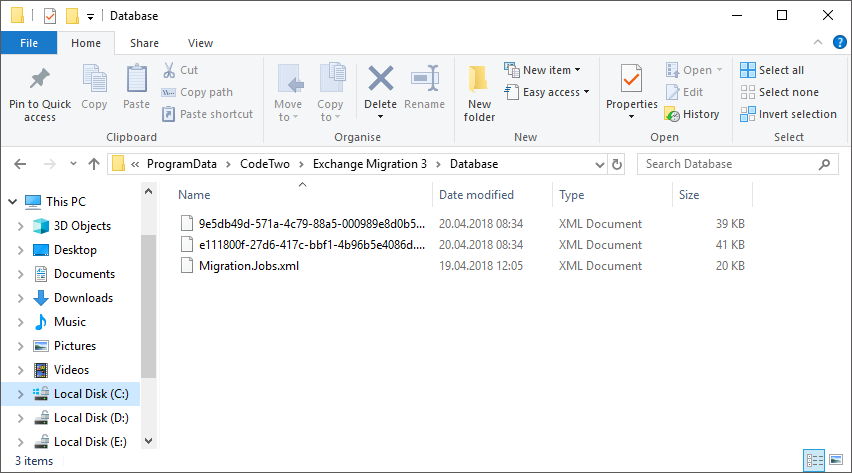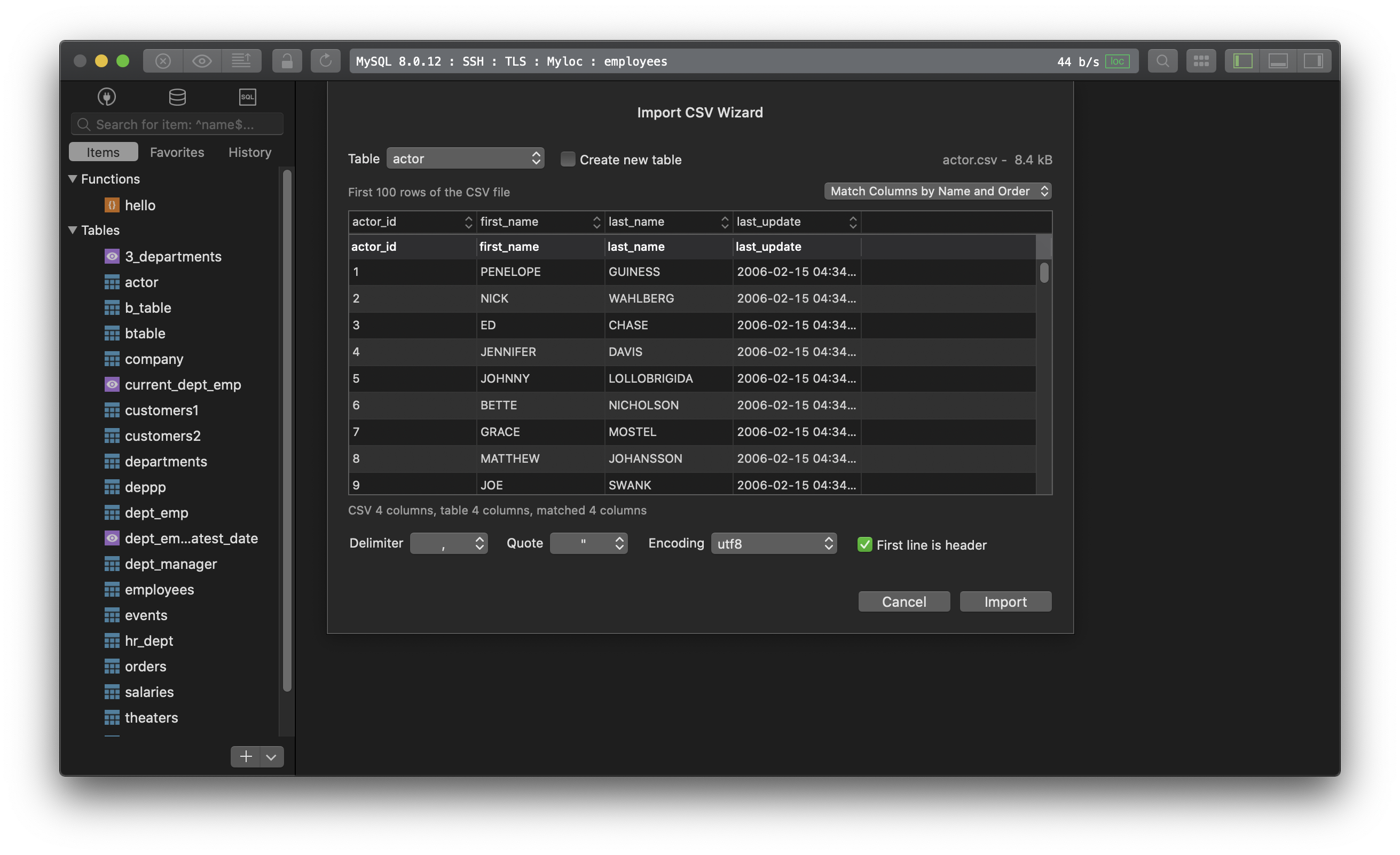
GPS position: use decimal degrees, e.g.Tags and buddies: values should be separated using a comma.Unit system: only one unit system should be used (no mix of imperial and metric units).xmlsave lename although sometimes you will want to explicitly specify which document type denition (DTD) to use by typing. xmlsave exports the data in memory in the dta XML format by default. Duration: the format should be minutes:seconds. format or you wish to export les to that format, seeD import excel.Date: use one of the following formats: yyyy-mm-dd, dd.mm.yyyy, mm/dd/yyyy.You can also use the bcp utility to export data from anywhere in a SQL. To bulk import data from a data file into a SQL Server table or non-partitioned view, you can use the following: bcp utility. Organize dive data following a few simple rules: You can bulk import XML documents into a SQL Server database or bulk export them from a SQL Server database. A highly formatted report appears simply copy and paste as values into another Excel worksheet and point Tableau to that sheet. Depth, Mean Depth, Buddy, Notes, Weight and Tags). Regardless of the supposed complexity of XML and Tableau's flat file nature, I put the XML data into Excel by Data > From other sources > from XML > browse to XML file and open > Import data to cell in Excel sheet. Subsurface supports many data items (Dive number, Date, Time, Duration, Location, GPS, Max. Organize the diving data in the spreadsheet, so the first row contains the names (or titles) of each column and the information for each dive is stored in a single row. CSV is straightforward, although the procedure is somewhat different according to which spreadsheet program is used. CSV file that will later be imported to Subsurface. This section explains the procedure to convert a diving logbook stored in a spreadsheet to a. These logs can be easily imported into Subsurface after the spreadsheet is converted in a. use databasename LOAD XML LOCAL INFILE /pathtofile/file. You can also use the Import window, described in Downloading Dives, by choosing File. Many divers keep a dive log in some form of digital file, commonly a spreadsheet with various fields of information. Most can be loaded by simply dragging and dropping them on to MacDive. APPENDIX D: Exporting a spreadsheet to CSV format
#IMPORTING XML DATA INTO MACDIVE MANUAL#
$xslfile = new DOMDocument('1.0', 'UTF-8') įile_put_contents('Output.Subsurface Version 4 User Manual | SubsurfaceĢ0. One important item is to rename the database field names, specifically removing spaces, #, and periods to properly fit xml tag names (which even follows best design practices in RDBMS). Like most general purpose languages, PHP comes equipped with an XSLT 1.0 processor. Your original format has quite a bit of namespaces and other nested elements that my interfere with the MySQL upload. Select the dives to import from the top window, select the Starting Dive, and then click the Import button. Click the MacDive File button to select the database file to load from. `Inventory Status` varchar(4) DEFAULT NULL,Ĭonsider running XSLT to transform the original XML into the format MySQL requires of LOAD XML INFILE. MacDive 2.0 - MacDive is another MacOS based scuba logbook application with extensive support for downloading many brands of dive computers. `Reference Status` varchar(50) DEFAULT NULL, `Planning Type` varchar(50) DEFAULT NULL,

`Part Description` varchar(50) DEFAULT NULL, However just to show my own efforts at solving it, here's the table structure I used: DROP TABLE IF EXISTS `part_no`


#IMPORTING XML DATA INTO MACDIVE FREE#
You are free to assume any table structure for the answer that suits you and solves the problem. NOTE: I'm not looking for a database table to specifically fit this data in. Here's the data that needs to be imported.

How can I then import this data into my MySQL database table? I assumed this data is not in the format required by LOAD XML INFILE to work. The table got filled with NULL values everywhere. OR LOAD XML INFILE 'D://Secondary/wamp64/tmp/Part_Info.xml' However when I tried to do so either by the query LOAD XML INFILE 'D://Secondary/wamp64/tmp/Part_Info.xml' I looked into the LOAD XML INFILE query to load XML into one of the tables I built in my local database. I'm trying to import data (that was exported to me by an admin) from this XML file into my phpMyAdmin MySQL database table for local development purposes.


 0 kommentar(er)
0 kommentar(er)
